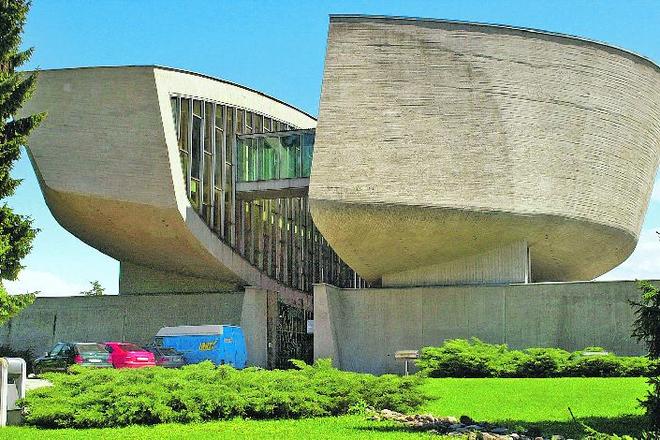AS PART of a unique, pioneering project, the Museum of the Slovak National Uprising (SNP Museum) in Banská Bystrica has taken on the task of digitising 183,000 cultural objects from the collections of 32 of the most important Slovak museums. Head of the SNP Museum Stanislav Mičev told the SITA newswire that the project, called Digital Museum, has received nearly €27.577 million in financing from EU funds through the Operational Programme Informatisation of Society.
One of the main aims of the project is the establishment of what is, according to Mičev, the most up-to-date digitisation centre in Europe, and also one of the most well-equipped conservation and restoration workplaces – which all museums in Slovakia will be able to use. The centre has already started operating, although it is not yet fully equipped. Mičev believes that it will be finished by late February or early March.
“So far, we are working in a slightly limited capacity; but we have already digitised more than 4,000 items,” he said, adding that they had started in October with exhibits from the SNP Museum and now they are continuing with the Central-Slovak Museum (also located in Banská Bystrica).
He explained that not all the items have to be transported to the SNP Museum – some can be digitised in the museums where they are displayed. The digital images will be deposited in a central digital archive administered by the University Library in Bratislava.
Several methods are used in the digitisation process: charters, documents, photographs, posters and similar objects will be made into two-dimensional images, while three-dimensional objects will be captured in 3D images via a process called object panorama.
“There is special equipment that is so far unique in Slovakia. [3D] digitisation means that the item is placed on a turn-plate and very precisely targeted with lasers – and it is photographed from several angles and then the images are put together to form a 3D image. Any researcher can, for example, study a World War II gun, without having to visit our depository, as he will be able to get the same access through the digital image,” Mičev said, adding that the digital image can be turned, if necessary, as well as enlarged to see a higher level of detail not visible to the human eye.
Apart from the 18,000 material items from the collections, 3,000 documents of non-material cultural heritage – about 500 national dances in the National Education Centre and about 2,500 work methods in the Centre of Folk Artistic Crafts, ÚĽUV - will be digitised.



 The SNP Museum in Banská Bystrica. (source: TASR)
The SNP Museum in Banská Bystrica. (source: TASR)